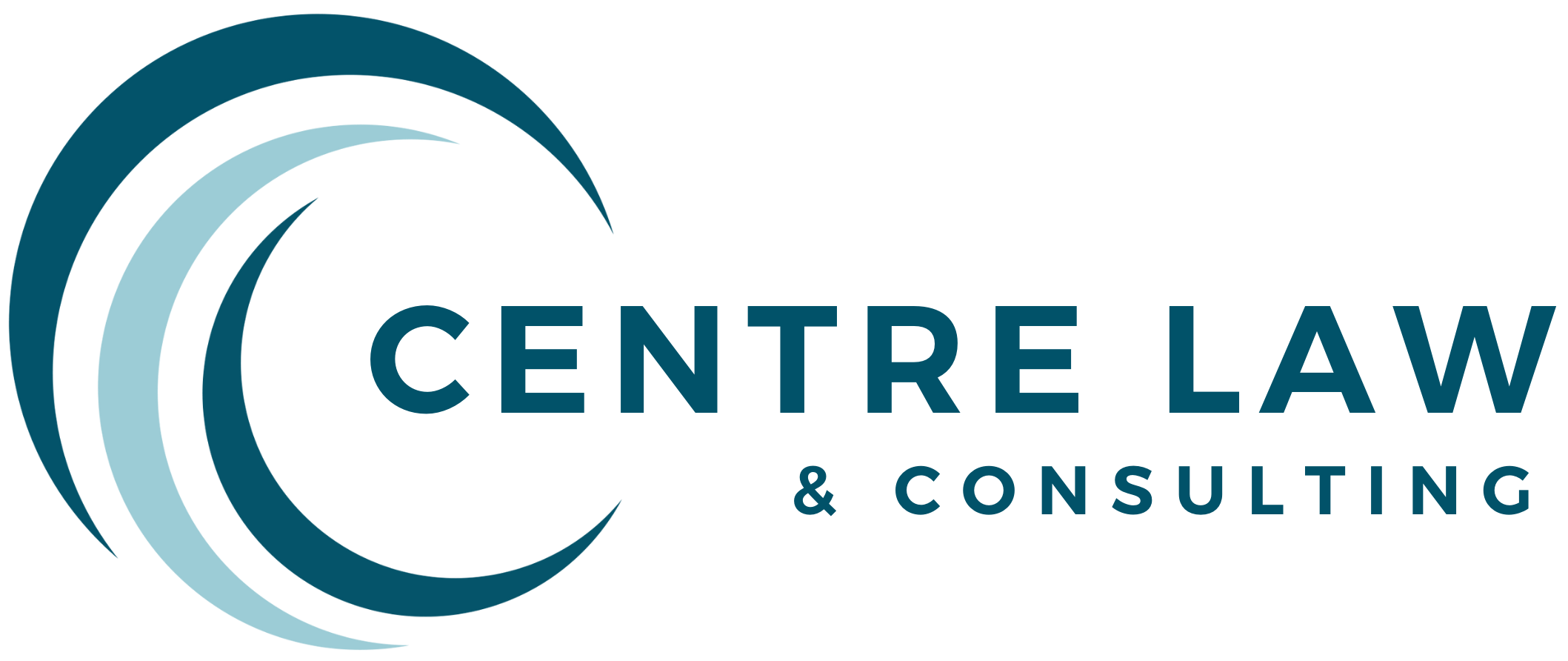Hello everyone, so far Canada (where I was born) is not the 51st state. In other news:
GSA Consolidation
Executive Order 14240 mandates that GSA submit a plan today, June 18, 2025, to centralize procurement of common goods, services and GWACS for IT. This was supposed to be a dance of agencies proposing how to consolidate procurements within GSA and GSA developing a plan for how that will be implemented. So far no one has agreed on what kind of DJ will host the event and who is bringing the snacks.
FAR Redo
So far (excuse the pun), nothing major has been done under the FAR redo. The Trump administration issued the third set of changes under the “Revolutionary Federal Acquisition Regulation (FAR) Overhaul,” revamping FAR Part 18 (Emergency Acquisitions), Part 39 (Information and Communication Technology), and Part 43 (Contract Modifications) through proposed class deviations. Those changes have not been significant.
SBA News
The U.S. Small Business Administration just announced that it would be reinstating a rule to require government contractors to return to work. Effective Oct. 1, participants in SBA’s 8(a) Business Development Program will once again be required to have an actual, physical office within the geographic area in which they are bidding on federal construction contracts.
DOD
The Government Accountability Office (GAO) just issued a report on Defense Acquisition Reform, which I have reviewed so you don’t have to. The GAO reported that the DOD continues to struggle with delivering innovative weapon systems on time and within budget, despite efforts to streamline the acquisition process. On average, the Department of Defense takes almost 12 years to deliver the first version of a weapon system. That’s not nearly fast enough to keep up with emerging threats or deliver innovative technology. The report recommends structuring newer programs for speed and innovation from their earliest stages. For those of you, who want to know how a book ends before you read it, here we go. Said GAO:
DOD remains deeply entrenched in a traditional linear acquisition structure—characterized by rigid, sequential processes—that has proven inadequate in adapting to evolving threats and integrating emerging innovation. In a linear acquisition, the cost, schedule, and performance baselines are fixed early. Thus, programs develop weapon systems to meet fixed requirements that were set years in advance. This risks delivering a system—sometimes decades later—that is already obsolete. In contrast, leading companies use iterative cycles to design, validate, and deliver complex products with speed. Activities in these iterative cycles often overlap as the design undergoes continuous user engagement and testing, which allows the product to get to market quickly.
That’s all I got.
Best to all,
Barbara
If you have any questions or need any additional information, please do not hesitate to contact the author at [email protected] or the Centre Law attorney with whom you normally work.




